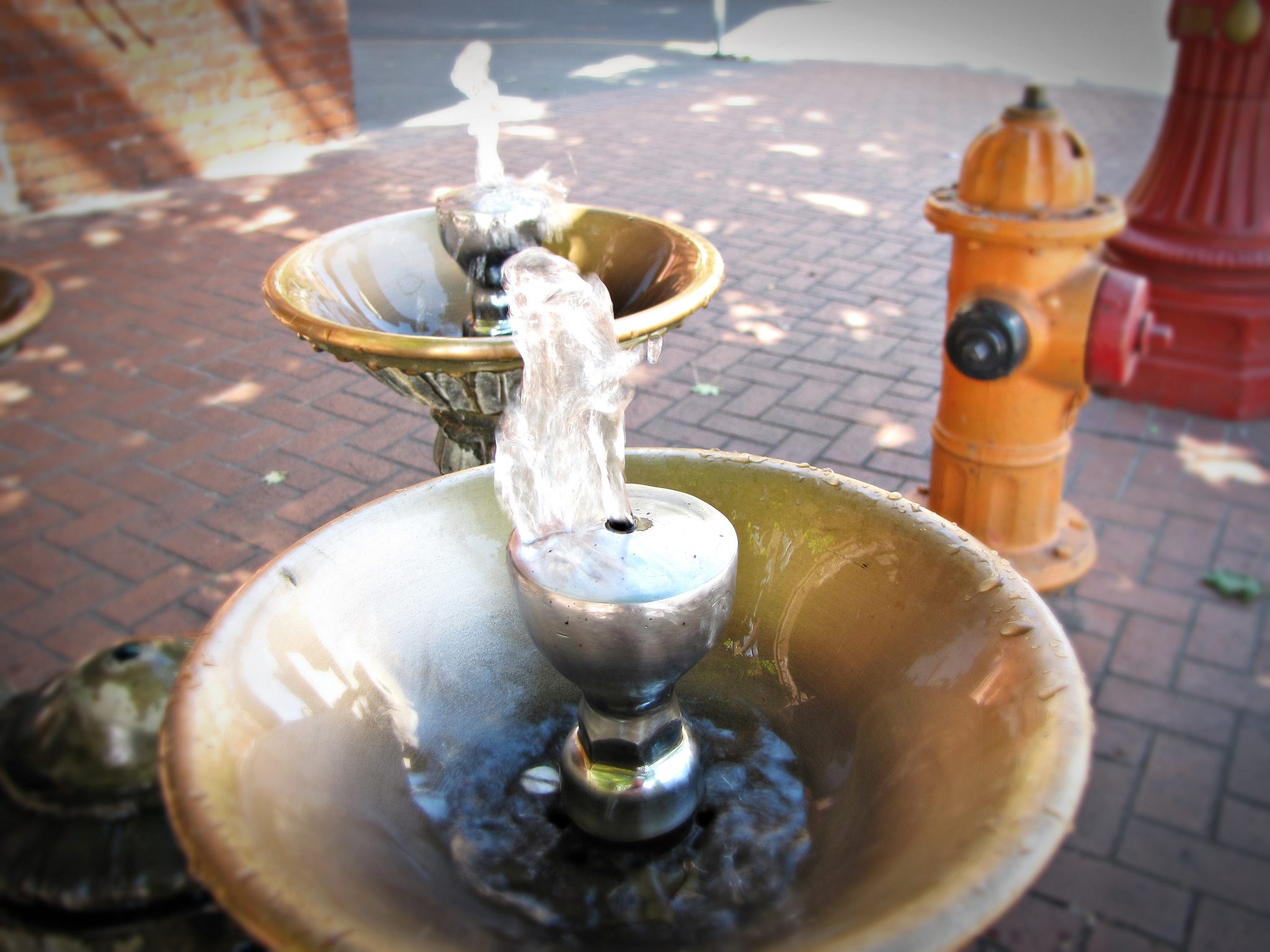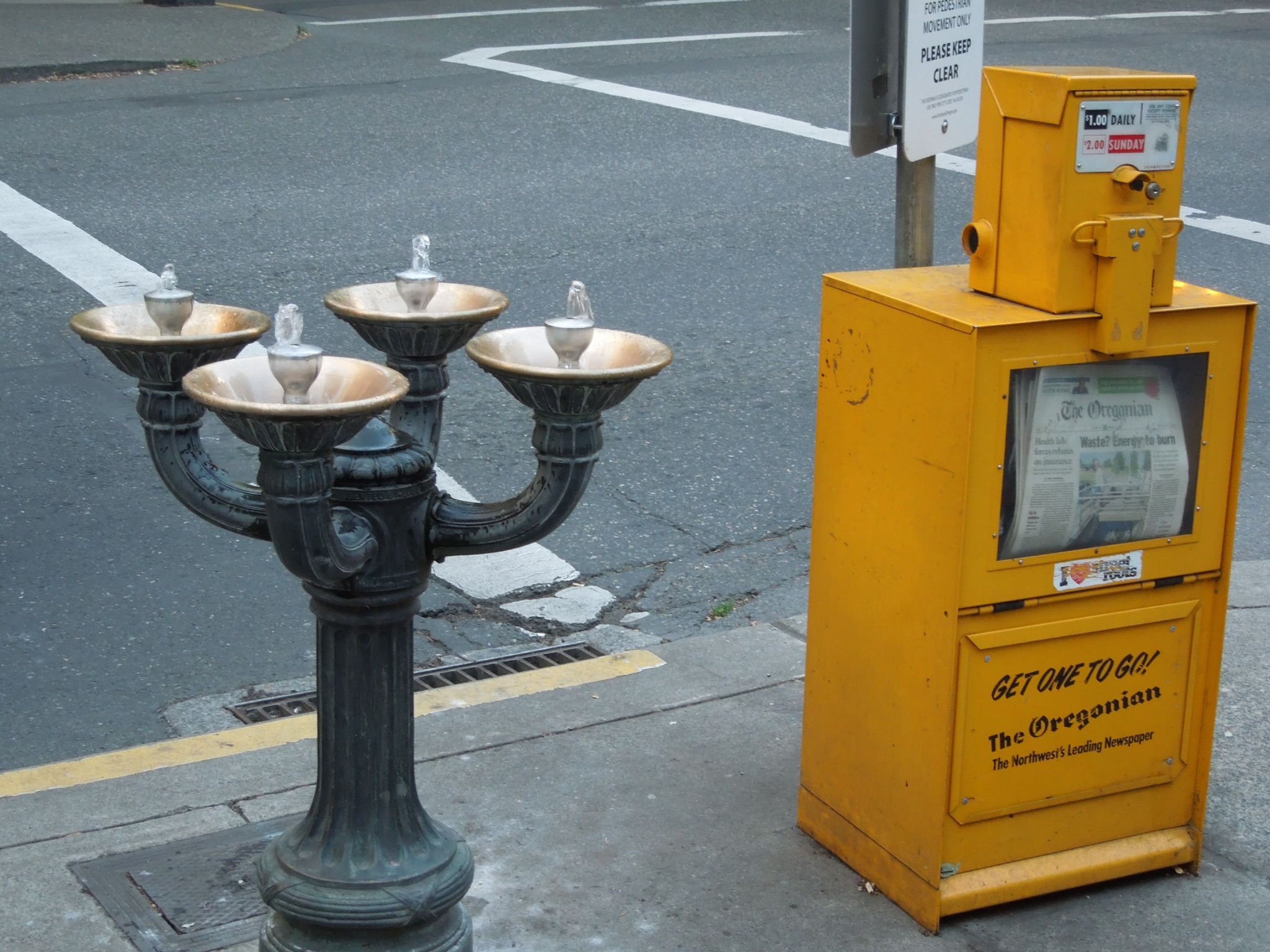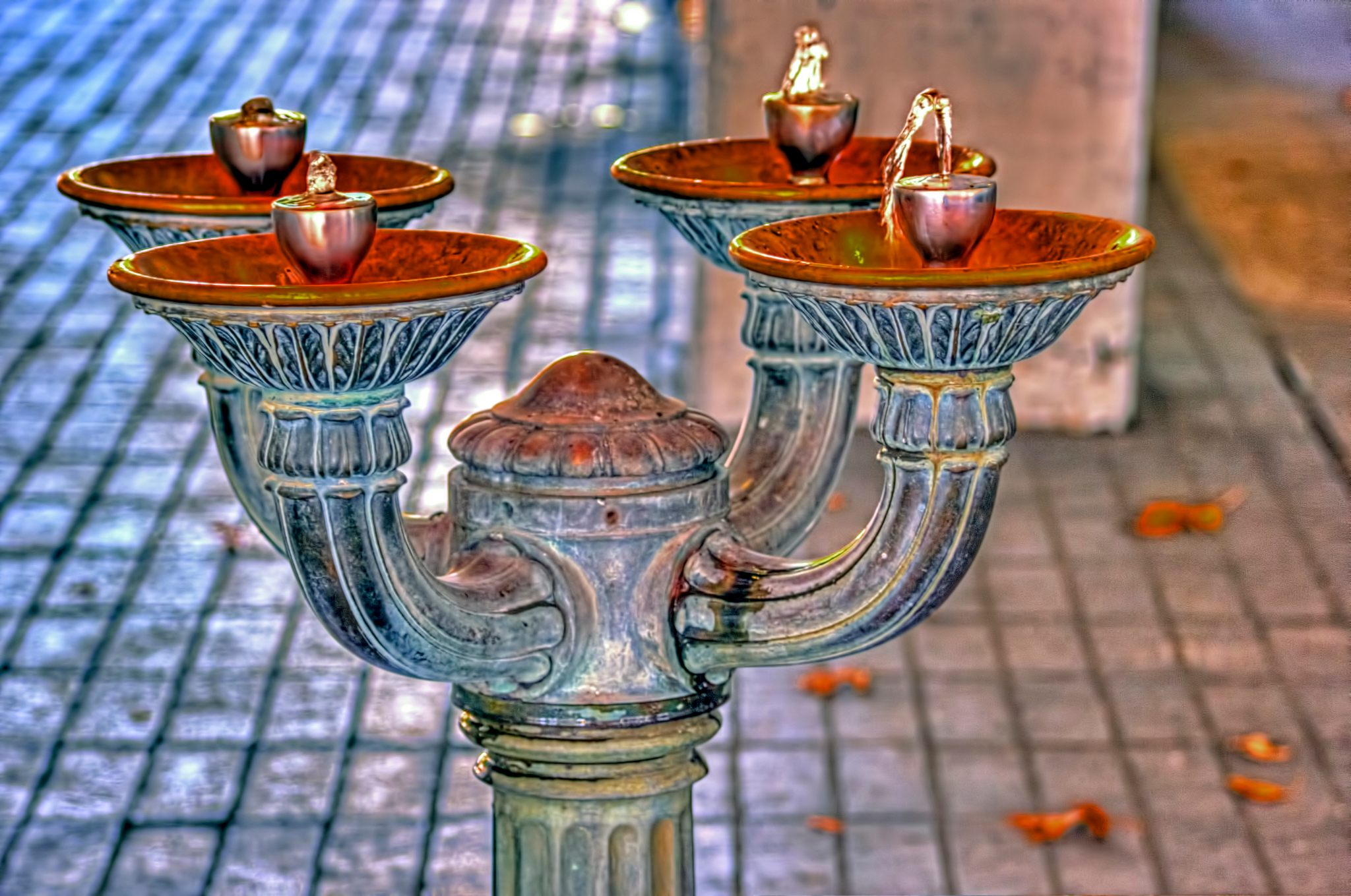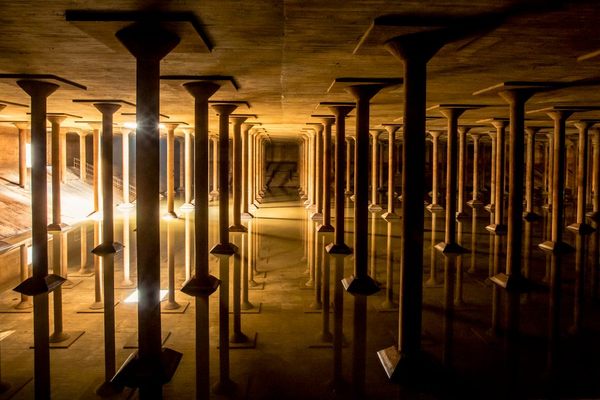Portland’s Love Affair With Its Special Water Fountains
Benson Bubblers are unique to the Oregon city, and it won’t let anyone else have them.

Portland, Oregon, is known (and sometimes ridiculed) for its staunchly iconoclastic residents and attitude. What not many outsiders know is that the city even has its own iconic drinking fountains, known as Benson Bubblers.
These four-headed brass fonts take their name from the man who gave them to the city, the early 20th century lumber baron and philanthropist Simon Benson. After suffering a number of financial blows, Benson moved to Portland in 1880 to start his life over and got into the logging business, where he was able to make himself a reasonable fortune. He built himself a house, and eventually purchased a hotel that bears his name to this day.
Having established himself as a prominent figure in his adopted home city, Benson decided to give back. In 1912, he made a $10,000 donation to the city specifically to create public water fountains. Benson’s initial grant funded 20 brass drinking fountains, which cost around $500 each. The water stations had a regal, four-bowl design that gave them a unique look, and they burbled out water all throughout the daylight hours. The first Benson Bubbler was placed at SW 5th & Washington, and the rest were installed throughout a segment of what is now downtown Portland.

Benson’s motivations for donating water fountains to the city are unknown, although a couple of theories have become popular among locals. One story goes that Benson, a teetotaler, provided the water fountains to the city as a way to get workers from the various logging mills to stop getting drunk at lunch. Another, more dramatic version of the story says that Benson witnessed a little girl crying at a Fourth of July parade because she couldn’t find a drink of water. “We think Portlanders are more apt to believe the story about keeping loggers out of bars on their lunch breaks,” says Jaymee Cuti, public information officer for the Portland Water Bureau.
Either way, the bubblers proved to be a hit. By 1917, the first 20 water fountains had been put in place, including one in front of Benson’s own home. The city would go on to commission more of the four-headed fountains, including a couple in 1975 that were forged at a local high school to save money on the expensive brass casting.
These days, getting a new bubbler put in place is nearly impossible, even within the city itself. “We lived in an area of the city called Irvington that’s designated as a historic district, so I was on the land use committee,” says Thomas Mertes, a history professor at Linfield College who lived in Portland from 2007 to 2015. “They have been trying for at least the last seven years to get a bubbler put in at the corner of 15th and Broadway.” That’s because in the 1970s, the Benson family (Simon passed away in 1942) specifically requested that Benson Bubblers not be installed outside of their chosen boundaries in downtown Portland, since their proliferation would make them less special.

The Bensons got their wish. Today, there are 52 of the bubblers spread across historic downtown Portland, and that’s pretty much the only place you’ll find them. A single bubbler was donated to two of Portland’s nine sister cities, Sapporo, Japan, in 1965, and Suzhou, China, in 2016, and another ended up in a Washington, D.C., museum, but beyond that, the iconic drinking fountains have managed to remain unique to Portland. There are also a further 74 one-bowled versions of the bubblers that were created later, but purists insist that these versions don’t count.
Though many of the fountains are over a century old now, for the most part, they are all still flowing, thanks to devoted conservation efforts. Some small changes have been made to the fountains in order to improve efficiency and conserve water, but otherwise they work just like they did during Portland’s heyday as a timber town, issuing drinking water from 6 a.m. to 11 p.m., 365 days a year.
Portland continues to cherish its bubblers. “Part of it is that Portland thinks of itself as being so precious,” says Mertes. “Also, I think they’re a sign of community. A sign of uniqueness. It also has a socio-democratic aspect to it. There was a real sense that the working class actually had some influence and strong traditions in the city, and I think these water fountains speak to that working class ethos.”
The Benson Bubblers are just another facet of Portland that sets the city apart from anywhere else in the world. Just as most Portlanders would have it.












Follow us on Twitter to get the latest on the world's hidden wonders.
Like us on Facebook to get the latest on the world's hidden wonders.
Follow us on Twitter Like us on Facebook